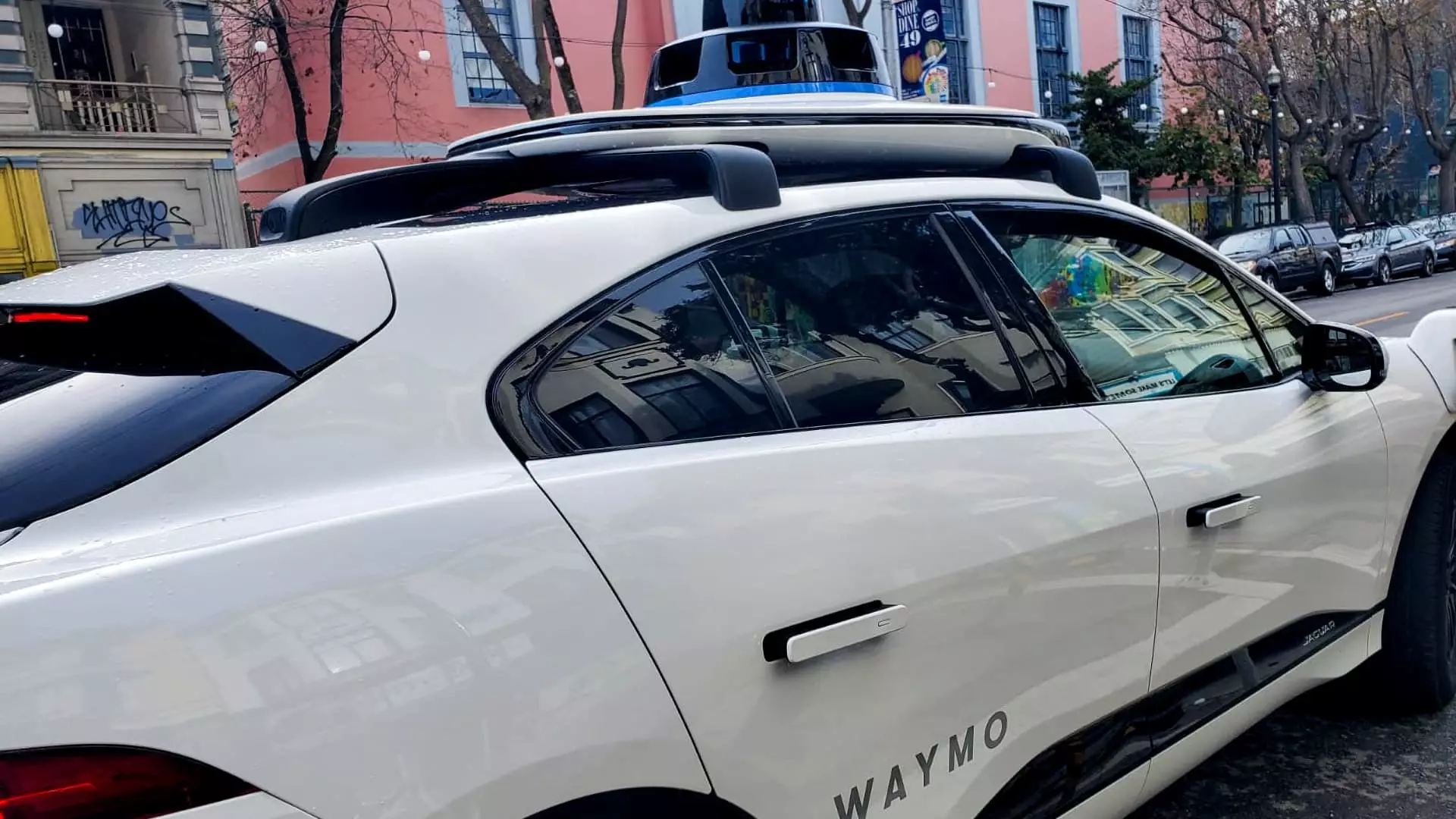In a significant move to expand its global footprint, Waymo, a subsidiary of Alphabet Inc., announced its plans to commence autonomous vehicle testing in Tokyo, Japan, beginning in early 2025. This initiative highlights Waymo’s commitment to exploring international markets where autonomous technologies can make substantial contributions to urban transportation systems. However, it is essential to observe that Waymo’s announcement does not include immediate plans for commercial services. Instead, the focus is on forming strategic partnerships and gathering data—a crucial step for understanding the local context of Tokyo’s unique transportation landscape.
Waymo is collaborating with Nihon Kotsu, Japan’s largest taxi operator, and the taxi application GO to oversee various aspects of its vehicle testing. The initial phase involves manually operated Jaguar I-PACE electric vehicles, which will be driven by professional Nihon Kotsu drivers as they navigate the complexities of Tokyo’s streets. Specifically targeting key sectors such as Minato, Shinjuku, and Shibuya, these mapping efforts will allow Waymo to collect vital information that is essential for refining its AI and improving vehicle performance. This partnership not only demonstrates Waymo’s intent to integrate into Tokyo’s transport ecosystem but also showcases the significance of local knowledge in the safe and effective deployment of autonomous technology.
Understanding Tokyo’s transportation infrastructure requires more than just autonomous vehicles; it necessitates a tailored approach to street conditions, traffic patterns, and cultural nuances. Waymo aims to leverage local insights by engaging with government bodies, local partners, and community organizations throughout its operations in Japan. A representative from Waymo emphasized the importance of the upcoming “road trip” as an opportunity to gather comprehensive insights into how their technology can benefit the residents of Tokyo. Such collaboration is crucial for fostering public acceptance and ensuring the successful integration of autonomous vehicles into the city’s transport network.
To optimize its autonomous systems for the unique challenges posed by Tokyo’s streets, Waymo plans to conduct additional testing at a closed U.S. course designed to replicate Japanese driving conditions. This method will allow engineers to simulate various scenarios without the unpredictability of real-world testing. It is a proactive strategy that emphasizes safety, a paramount concern for both developers and the public in the context of autonomous vehicles. As the autonomous landscape evolves, such rigorous testing will be fundamental in ensuring the reliability and effectiveness of driverless technologies.
Japan’s Vision for Autonomous Transportation
The move into Japan marks a critical juncture for Waymo as it represents the company’s entrance into a market characterized by left-hand traffic—a logistical challenge that requires meticulous planning and execution. Both the Japanese national government and Tokyo Metropolitan Government recognize the transformative potential of driverless technology, particularly in addressing the transportation needs of an aging population. According to research by the World Economic Forum, the pursuit of autonomous transportation aligns with Japan’s demographic challenges, indicating a strong governmental inclination towards facilitating this technological migration and establishing designated “test zones” to expedite safe driverless transportation.
Competition and Landscape in the Autonomous Sector
The announcement of Waymo’s foray into Tokyo comes on the heels of significant changes in the autonomous vehicle sector, notably General Motors’ recent withdrawal from its Cruise robotaxi division. This shift underscores a competitive environment where different approaches are being adopted by companies eager to capture the burgeoning autonomous market. Meanwhile, local competitors like Tier IV and ZMP are also making strides in the development of autonomous solutions suitable for Japan’s context, illustrating the dynamic nature of this evolving industry landscape. Honda, which has invested in Cruise, remains committed to competing in this space and plans to introduce a driverless ride-hail service in 2026.
As Waymo embarks on its testing journey in Tokyo, the implications extend beyond mere technological advancement; they touch upon economic, social, and infrastructural aspects of urban mobility. The company’s patient and methodical approach—focusing on collaboration and localized strategies—could very well set a precedent for international expansion in the autonomous vehicle sector. While it remains to be seen when commercial services may unfold, Waymo’s commitment to engaging with local stakeholders underscores a key lesson: that the success of technology lies not just in innovation but also in the harmonious integration of that technology within the fabric of society.


Leave a Reply